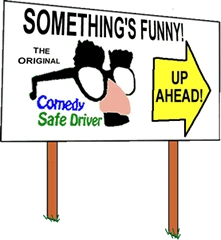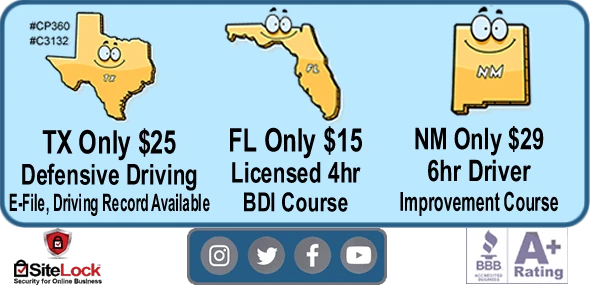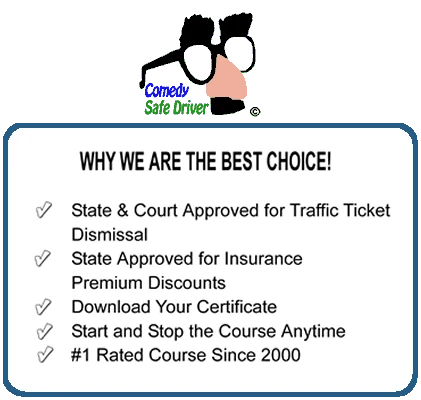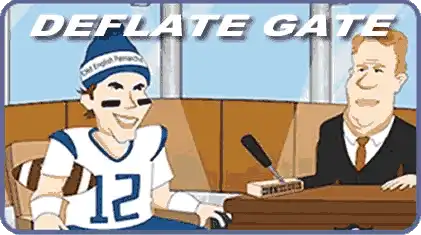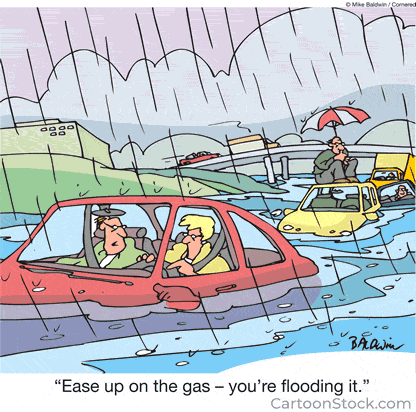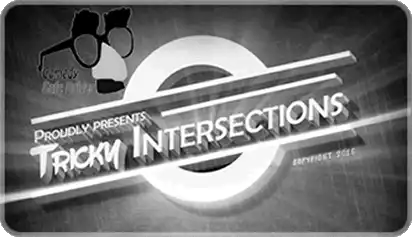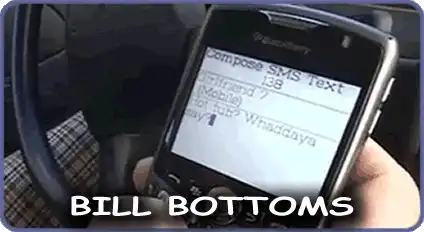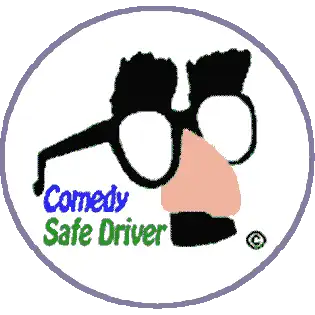Pedestrians Class Defensive: Comedy Safe Driver Course
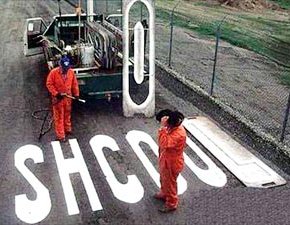
Are you ready to take your road safety skills to the next level? Our Pedestrians Class Defensive at Comedy Safe Driver will not only educate you but also entertain you. Learn while you laugh with our unique approach to defensive driving education.
Pedestrian Signs and Markings
Pedestrian signs and markings are vital indicators on roads and pathways that help regulate pedestrian movement and ensure safety. They assist in guiding pedestrians and provide necessary warnings and information to motorists. Different countries may have different styles and designs, but the general principles and the purpose behind them are the same.
Here are some of the typical pedestrian signs and markings:
-
Pedestrian Crosswalk Signs: These signs are placed at pedestrian crosswalks and are used to alert drivers to potential pedestrian crossings. They usually depict a walking figure or a pair of footprints and are commonly white and rectangular, with black or red symbols and letters.
-
School Zone Signs: These signs are posted in areas close to schools where children are likely to cross roads. They often display a symbol of two children walking or a schoolhouse. These signs are usually yellow or fluorescent yellow-green to increase visibility. Drivers are expected to reduce speed and be extra cautious when driving through these zones.
-
Pedestrian Crossing Signals: These signals guide pedestrians when it's safe to cross the road at signal-controlled intersections. Typically, a walking person symbol indicates that it's safe to walk, and a raised hand symbol indicates that it's not safe to cross.
-
In-Street Pedestrian Crossing Signs: Placed in the center of the roadway, these signs alert drivers to yield to pedestrians within the crosswalk. They are particularly useful in mid-block crosswalks.
-
Shared Pathway Signs: These signs are placed where cyclists and pedestrians share the same path. They usually depict a pedestrian and a bicycle symbol.
-
Marked Crosswalks: These are designated areas for pedestrians to cross the road. They are marked with white painted lines, either solid or in a zebra-stripe pattern.
-
Curb Extensions and Bulb-outs: These are extensions of the sidewalk into the parking lane at intersections or mid-block crosswalks. They are designed to slow down vehicles and shorten the crossing distance for pedestrians.
-
Raised Crosswalks and Speed Tables: These are a form of traffic calming that elevates the entire crosswalk to the level of the sidewalk. They slow vehicles and enhance the visibility of pedestrians.
Remember, all these signs and markings work together to ensure the safety of both pedestrians and motorists. Understanding them and abiding by them is crucial for everyone who uses the road.
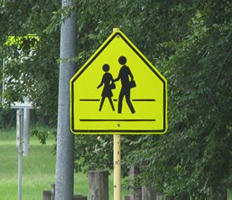
Safety Tips for Pedestrians and Others
Road safety is a shared responsibility, and understanding the correct behaviors can help reduce accidents and ensure everyone's safety. Here are some safety tips for pedestrians, as well as for cyclists and drivers:
For Pedestrians:
-
Use Sidewalks: Whenever possible, use sidewalks. If there are no sidewalks, walk facing traffic as far to the left as possible.
-
Cross at Marked Crosswalks or Intersections: You're more likely to be noticed by drivers when you cross at designated areas. Obey traffic signals.
-
Make Eye Contact with Drivers: Never assume a driver sees you. Try to make eye contact with drivers as they approach you to make sure you are seen.
-
Stay Alert: Avoid distractions such as electronic devices that take your attention off the road. Pay attention to the traffic around you.
-
Be Visible: Wear light or reflective clothing, especially when walking at night. Carry a flashlight if needed.
-
Watch for Cars Entering or Exiting Driveways: Always be aware of vehicles moving in and out of driveways or parking lots. Drivers may not always see you.
-
Avoid Alcohol and Drugs: These substances impair your ability to walk safely.
For Cyclists:
-
Follow the Rules of the Road: Cyclists should behave like vehicles. This means obeying traffic signs, signals, and lane markings.
-
Wear a Helmet: Always wear a helmet to protect your head in case of an accident.
-
Use Lights and Reflectors: If you're riding at night or in low-light conditions, use lights on the front and back of your bike, and wear reflective clothing or accessories.
-
Ride in the Same Direction as Traffic: Riding in traffic can confuse drivers and cause accidents.
For Drivers:
-
Look Out for Pedestrians and Cyclists: Always be on the lookout, especially at intersections or when turning.
-
Slow Down in Pedestrian Areas: Reduce speed in school zones, residential areas, or any other area where pedestrians are likely to be.
-
Be Patient: Wait for pedestrians to cross the road completely before you proceed.
-
Don't Drive Distracted or Under the Influence: Both actions significantly increase the risk of accidents.
-
Give Cyclists Room: When passing a cyclist, provide plenty of space (commonly suggested is at least 3 feet) and only pass when it's safe to do so.
By following these safety tips, pedestrians, cyclists, and drivers can coexist on the road safely. Remember, safety is always a priority.
Pedestrian Safety for School Children
Children, due to their smaller size and less developed judgment skills, are particularly vulnerable on the road. Therefore, they need special safety considerations. Here are some tips and guidelines that can help ensure pedestrian safety for school children:
-
Teach Basic Road Safety Rules: Educate children about the basics, such as looking both ways before crossing, using sidewalks and crosswalks, understanding traffic signals, and never running into the street. Make sure they know not to cross the street from between parked cars, where drivers might not see them.
-
Supervision for Young Children: Children under 10 should be supervised when crossing the street or walking in high-traffic areas. They might not be able to accurately judge vehicle speed and distance.
-
Safe Routes to School: Establish a safe route to school, if possible using sidewalks, crossing guards, and well-lit areas. Encourage them to walk with a group if possible, as larger groups are easier for drivers to spot.
-
Be Visible: Teach kids to make themselves more visible to drivers, especially when it's dark or visibility is low. This can include wearing bright clothing, using reflective materials, and carrying a flashlight.
-
School Bus Safety: Ensure children understand the importance of waiting for the school bus to completely stop before approaching it. When getting off, they should walk where they can see the bus driver, and make sure the driver can see them.
-
Encourage Role-Playing: Practice different scenarios with your children. Role-playing can help them understand better how to handle real-life situations.
For Drivers in School Zones:
-
Adhere to Speed Limits: Always adhere to lower speed limits in school zones. This gives drivers more time to react if children dart into the street.
-
Be Extra Alert: Be particularly cautious in school zones and residential areas where children may be walking or playing.
-
Respect School Bus Rules: In many places, drivers are required by law to stop when a school bus is picking up or dropping off passengers. Even when not required, it's safer to do so.
-
No Passing: Never pass other vehicles in a school zone.
-
Respect Crossing Guards and Safety Patrols: Always obey school crossing guards or student safety patrol instructions.
By adhering to these guidelines and tips, we can contribute to a safer environment for school children and cultivate good pedestrian habits from a young age.
Safety Measures for Bicyclists
Bicyclist safety is an essential part of road safety, and there are several key measures that cyclists, as well as drivers, can take to ensure that roads are safe for everyone.
For Bicyclists:
-
Follow Traffic Rules: Bicyclists should obey all traffic signals and signs, just like cars. This includes stopping at red lights and stop signs.
-
Use Hand Signals: Hand signals are a key method of communication for cyclists. Indicate turns and stops to other road users by extending your left or right arm out horizontally for turns, or downward with the palm facing back for stopping or slowing.
-
Stay Visible: Wear bright and reflective clothing, and use lights and reflectors on your bike, especially when riding at night or in low-light conditions.
-
Wear a Helmet: Always wear a helmet when riding. It can protect you from serious injuries in the event of an accident.
-
Stay Alert: Keep an eye on the road and traffic around you. Watch out for opening car doors, pedestrians, other cyclists, and animals.
-
Use Bike Lanes: If a bike lane is available, use it. Bike lanes are designed for your safety and to help traffic flow more smoothly.
-
Ride in the Same Direction as Traffic: Riding against traffic can confuse drivers and may lead to accidents.
For Drivers:
-
Respect Bike Lanes: Do not drive, park, or idle in bike lanes unless making a turn, entering a driveway, or when it is unavoidable.
-
Give Space: When passing a cyclist, leave at least 3 feet of space between your car and the cyclist.
-
Check for Bicyclists: Before opening your car door or pulling out of a parking space, check for bicyclists. This is known as the "Dutch reach" method - open your car door with the hand furthest from the door, forcing your body to swivel and giving you a view of oncoming cyclists.
-
Be Patient: Do not honk unnecessarily, as it might startle cyclists and cause them to swerve or fall.
-
Respect Bicyclists' Right to the Road: Bicyclists have the same rights and responsibilities as automobile drivers. Respect their right to share the road.
The key to safety for everyone on the road is mutual respect and understanding. By being aware of each other and each person doing their part, we can make the roads a safer place for everyone.
Ready for the Pedestrians Class Defensive at Comedy Safe Driver?
Now that you have a glimpse of what our Pedestrians Class Defensive entails, are you ready to become a safer, more informed driver? Sign up now and add a dash of comedy to your learning experience!
Sign Up Now
